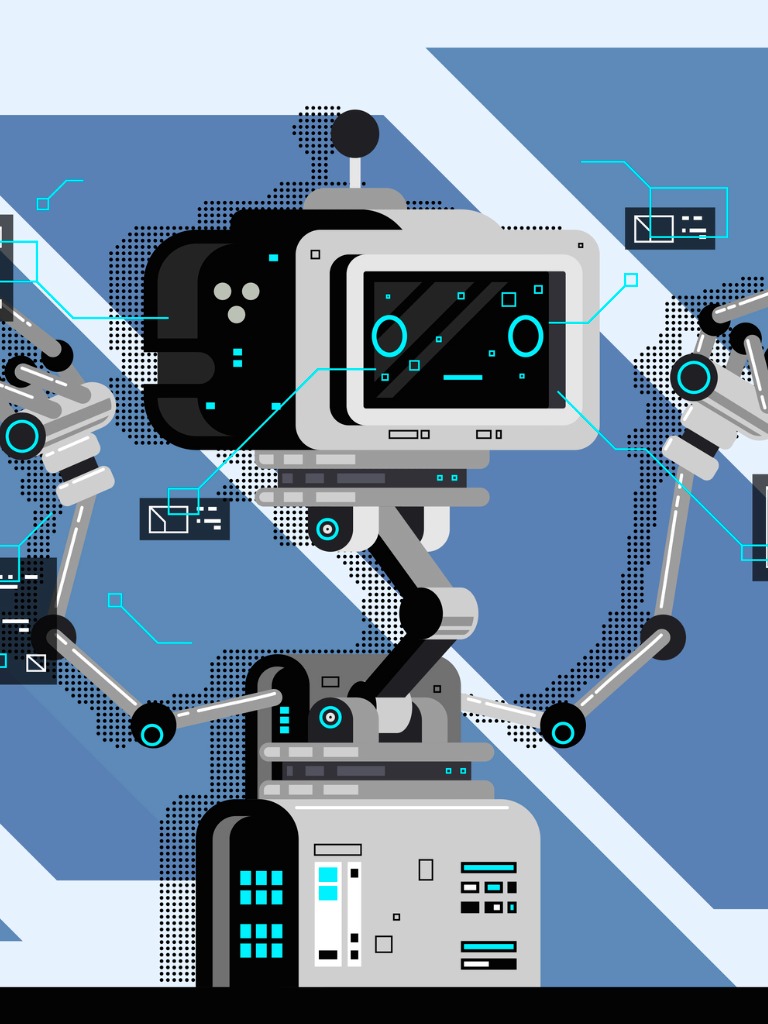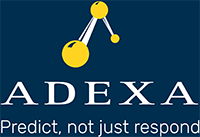The System IS the User
A Novel Approach to Supply Chain Planning
Systems have always been designed to augment and help the users to make better and faster decisions. Their role has been the role of an assistant or a helper to carry out numerical calculations or mundane and routine tasks that can be automated. In software much the same as hardware, so-called robots and routine processes are automated making the job of the users easier and higher quality decisions are made a lot faster. However, exceptions and unpredictable, yet inevitable, events are handled by the users. This is because systems have not been designed for uncertainty. But uncertainty, especially when it comes to supply chain planning is the norm not the exception. The modus operandi has been the system that helps the user, however with the advent of AI and Large Language Models (LLM), we are at a point in time where the user helps the system. In other words, system is the “user” making decisions and every now and then goes to “his boss,” the real user and asks “how am I doing;” and teach me more!
The current technology in supply chain planning requires users to change the input and through painstakingly trial and error, so call scenario analysis, try to come up with an answer. The system does the calculation, users look at the result, fine tune a few things, run the system and look at the results again. Simply a waste of time trying to examine a handful of scenarios out of thousands if not millions. And then decide on a solution that has no indication of how good it is, other than it is “acceptable.”
We are now able to turn the scenario analysis on its head; and instead of laboriously changing the input parameters to find the ideal output, we can simply express the desired output and ask the system to define the input. The system is perfectly capable of running many scenarios and delivering the desired solution almost in real-time. The system is capable of receiving information, emails, messages, even phone messages, and interpret them to see what the potential impact of the message or event is and then perform scenarios automatically to decide the best course of action and make recommendations to the real users. In the meantime, the users can sit back and observe the behavior of the system, observe the developing patterns of customers and suppliers and make strategic decisions regarding the design of the supply chain. This would be a creative process that requires creativity as well as understanding the limitations of collaboration and communication that are hard to teach or train the system with. The value added at this level would be enormously higher than trying to do mundane tasks of making the plan work when an unexpected event occurs.
Systems, at least for now, lack creativity and lack enough deep knowledge to be able to make higher level decisions. Systems also lack understanding of relationships as well as criticality of how a decision can potentially hurt the stock value of a corporation. That should be the focus of the real users so that they can help the system to make the right decisions. Make the system “report” to you based on your objectives, rather than being a slave to the system trying to constantly help it to come up with answers.
For more information on how LLM and AI can make your planners’ life easier and optimize your supply chain click Here.



